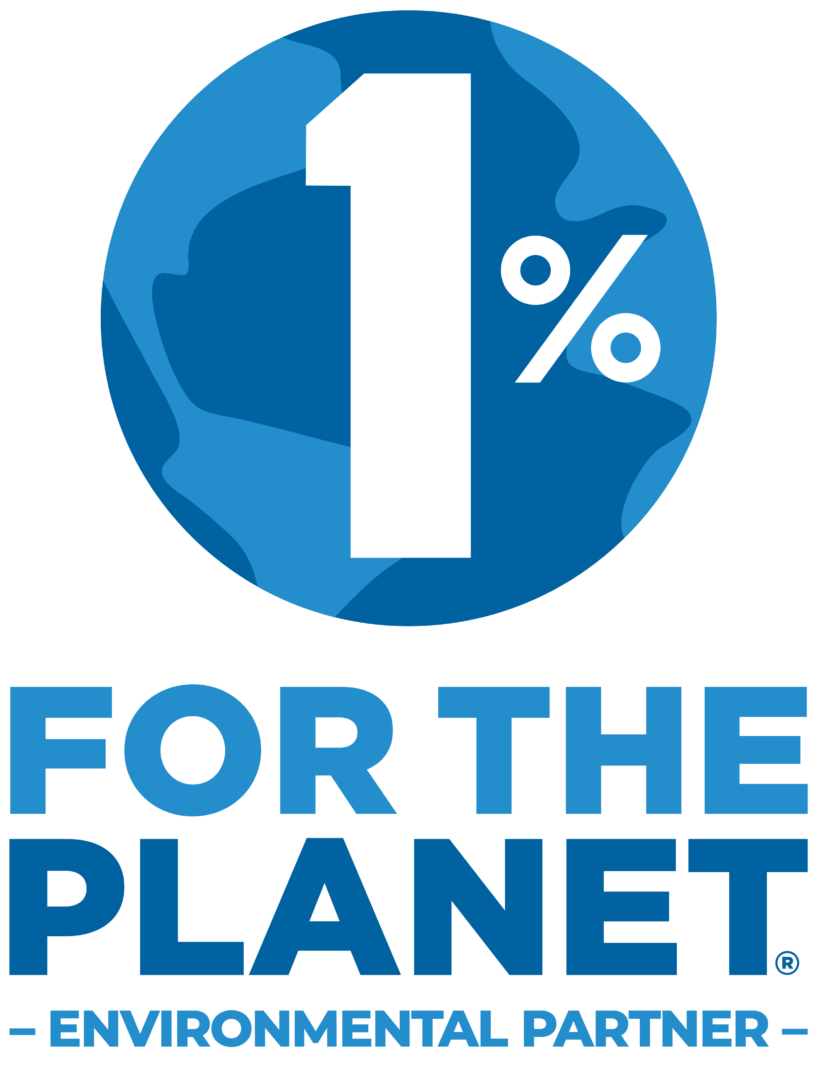How our locally-led model is changing lives and land around the world
True or false? It’s possible to alleviate poverty while restoring the environment. The answer: TRUE.
At Plant With Purpose, we envision a world where all of creation thrives. This goes beyond plants and wildlife; it includes the people who live here as well. Of those living in poverty, 80% are smallholder farmers who rely on the land to sustain their families. They are the unsung heroes in this story. After four decades of partnering with these remarkable people, we have refined our model into a holistic approach we call Community Designed Restoration (CDR).
CDR places the farmer at the center of the transformation. It’s more than just planting trees. It’s fostering thriving communities and ecosystems that pave the way for sustainable change. Through the application of CDR, our partnering farmers have collectively planted almost 70 million trees, empowering themselves and nearly half a million neighbors to cut their poverty in half.
To illustrate how CDR impacts the communities we serve, consider the story of Jaranya, a participant from the MaeTaChang watershed in Thailand. Before partnering with Plant With Purpose, Jaranya and her community struggled to grow quality crops due to depleted soil and limited knowledge.
Jaranya recalls, “We worked the land for a long time and had exhausted the soil. We were frustrated because our farms were producing such small amounts . . . and we lacked the knowledge about what to do.” In her search for solutions to enhance agricultural productivity, Jaranya joined a Purpose Group, where she learned and applied CDR methods.
What is CDR and How Does it Work?
At its core, CDR addresses the intertwined challenges of poverty and deforestation within watersheds. Through this method rural communities are uplifted economically and socially while promoting sustainable agriculture and environmental resilience. There are three main aspects of CDR:
- Thriving people: Increase the long-term economic and social well-being of rural farming families by ramping up regenerative agricultural production and sparking a community-led movement rooted in local values to drive change.
- Healthy Ecosystems: Bring back life to the land by planting trees, promoting biodiversity, and strengthening ecosystems. This also positively impacts clean water and soil fertility.
- Climate Resilience: Equip participants with the tools to remain resilient as climate change worsens. CDR helps the environment and its inhabitants stand strong against whatever may come their way.
- Restored Relationship: Restore relationships between people and themselves, others, their environment, and their Creator.
CDR employs a diverse array of techniques, from soil conservation to regenerative agriculture, to achieve its objectives. Unlike conventional tree-planting initiatives, CDR adopts a nuanced approach that acknowledges the intricate social, economic, and ecological dynamics at play. By empowering communities to spearhead their restoration endeavors, CDR ensures change that will endure for generations.
How is CDR Applied
In practical application, how does Community Designed Restoration work? We begin by identifying a sub-watershed to work in, based on hydrological boundaries. Life in a watershed is interconnected. What happens upstream, impacts those downstream. From neighborhoods, to markets, to schools and churches, the lives of those in a watershed impact one another. Program watersheds are identified by Plant With Purpose based on levels of poverty, the slope of the hillsides people are farming, degree of land degradation/deforestation and the desire of people within those communities to work with us, and together, toward positive change.
The foundation for CDR in these communities are the creation of neighborhood small groups we call, “Purpose Groups.” Purpose Groups are three things:
- A Village Savings and Loan Association that fuels financial literacy, resilience and economic growth.
- A Farmer Field School where neighbors collaboratively learn regenerative farming techniques that significantly impact crop yields, nutritional diversity and income.
- A Spiritual Community where faith, encouragement and mutual support create the unity and alignment that fuels community-wide change.
In the 64 watersheds where we work or have worked to date, saturation rates for participation in Purpose Groups as part of the CDR model is 60% of total families, with some communities being much higher. It is the three-fold approach of Purpose Groups, which is so beneficial to both individuals and their families, that makes the deep systemic impact of Community Designed Restoration possible.
Impact of CDR
Community Designed Restoration isn't solely about planting trees—it's about sowing seeds of change that ripple through communities and ecosystems. As land and livelihoods improve, Purpose Group members gain the ability to make proactive decisions about how to secure the lives of their families and communities. Let's revisit Jaranya, the farmer introduced earlier, whose life has been profoundly impacted by CDR. After a year with Plant With Purpose, she shares:
“We have planted a variety of trees on our farm. Our agroforestry plot will produce fruit for our family to eat. This will minimize our expenses and we can also sell them to provide an income to our family. We now understand that planting trees protects our natural resources and helps our environment by mitigating climate change. When we plant a tree, we’re not only increasing our green space but benefitting our families. The thing I am most proud of are our tree planting activities in the community forest. While we plant, I spend time with other community members which strengthens our relationships.”
Jaranya’s experience encapsulates the core essence of CDR. It not only facilitates economic and environmental restoration, but also imparts vital knowledge, fosters spiritual growth, and strengthens community cohesion. Her story resonates with the experiences shared by many other farmers. To assess the actual impact being made in the communities we work with, Plant With Purpose conducts impact evaluations every three years. Recently, we completed our 2024 evaluation, and the results confirm the transformative impact we have been hearing about. Based on the evaluation, the adoption of regenerative agriculture techniques has witnessed a remarkable increase of 83%. Participants now possess an average of three months’ worth of savings, contributing significantly to a 50% reduction in multidimensional poverty overall. These findings show that Community Design Restoration works, and our partners are leading the way on this transformative journey.
Learn more about Multidimensional Poverty
Working Around the Globe
From Latin America to Africa to Southeast Asia, CDR has demonstrated scalability and effectiveness within diverse contexts. By engaging local faith communities, educational institutions, and social organizations, CDR harnesses the power of collective action and shared values. Through partnerships with indigenous groups and marginalized communities, CDR promotes inclusivity and resilience, paving the way for a more sustainable future.
By equipping rural families, preserving cultural heritage, and nurturing environmental stewardship, and putting local leaders in the driver's seat, CDR is a comprehensive approach for reversing poverty and deforestation. As we envision the future, let's embrace the transformative potential of CDR and collaborate to cultivate a world where both people and nature flourish in harmony.


















Great newsletter as always. I would love to see a CDR case study in which we learn: How the community came together, what the community did to actually design its own restoration, the role PwP played, evidence this approach has changed a community, projected outcomes/results. A case study may be available?
Judy, you'll find it in our new impact report. Check your mailbox in about a week!